#mining
Text
a choir calling out major tech corporations and brands for their involvement in the Congo genocide.
there are ethical ways to collect the resources we need.
1K notes
·
View notes
Text
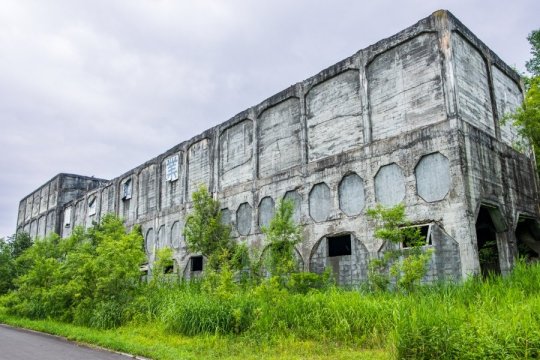


Tsukibetsu Coal Mine, Haboro
906 notes
·
View notes
Text
"The last coal-fired power plant in New England, which had been the focus of a lawsuit and protests, is set to close in a victory for environmentalists.
Granite Shore Power said Wednesday it reached an agreement with the Environmental Protection Agency to close the Merrimack Station in New Hampshire by June 2028. As part of the deal, the company said the site will be turned into the state’s first renewable energy park that host solar power and battery storage systems. The company also said it would shutter Schiller Station in Portsmouth in December 2025. That facility, which is permitted to use oil, coal and biomass, has not operated for several years...
The 460-megawatt station in Bow has long been a thorn in the side of environmental groups. Most recently, the Sierra Club and the Conservation Law Foundation filed a lawsuit against plant owners, alleging it was violating the Clean Water Act. The plant was owned by Eversource until 2018, when it was sold to Connecticut-based Granite Shore Power. Both were named as defendants.
The environmental groups claimed the plant draws about 287 million gallons (1.1 billion liters) of water per day from the Merrimack River, heats that water as a result of its cooling process, and then discharges the water back into the river at temperatures that often exceed 90 degrees Fahrenheit (32 degrees Celsius).
Climate activists also protested the plant and demanded its closure over concerns it is a major source of air pollution. [Note: Coal plants are by definition major sources of air pollution. x] In one incident, climate activists last year paddled canoes and kayaks down the Merrimack River to the plant site and were arrested after going onto the property.
“This historic victory is a testament to the strength and resolve of those who never wavered in the fight for their communities and future,” Ben Jealous, Sierra Club Executive Director, said in a statement. “The people of New Hampshire and all of New England will soon breathe cleaner air and drink safer water.”
The Sierra Club said the announcement will make New Hampshire the 16th state that is coal-free and New England the second coal-free region in the country."
-via AP News, March 28, 2024
--
Note: It doesn't say it in this article, but the coal plants are being replaced by renewables! Specifically solar and battery farms! Source
#fossil fuels#air pollution#renewables#renewable energy#coal#pollution#mining#environment#solar power#battery#united states#new hampshire#good news#hope
539 notes
·
View notes
Text
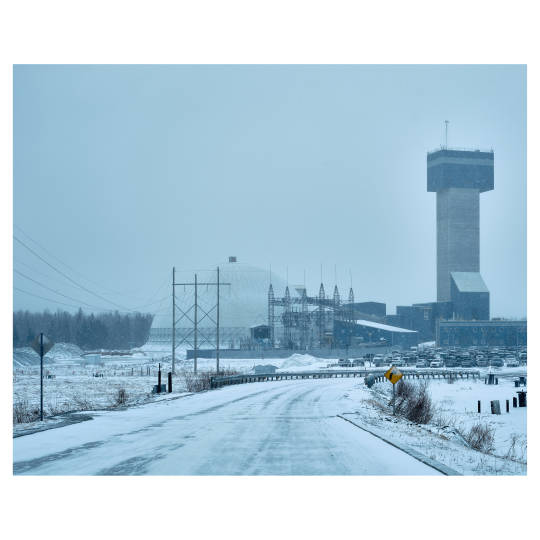
route 117, val d'or
410 notes
·
View notes
Photo
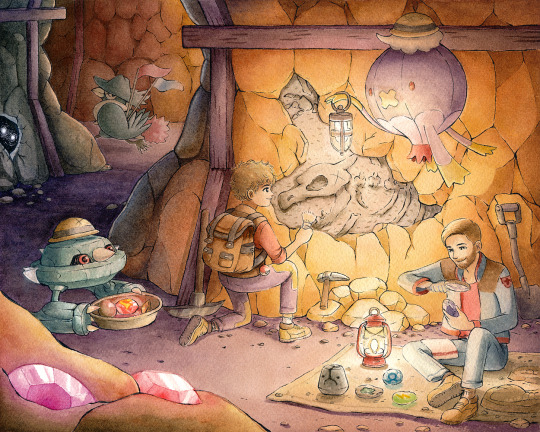
Pokemon mining! This was one of my favorite mini games in Diamond/Pearl.
#pokemon#pokemon art#fan art#commission#art commission#drawing#art#watercolor#artwork#illustration#mining#traditional art
4K notes
·
View notes
Text
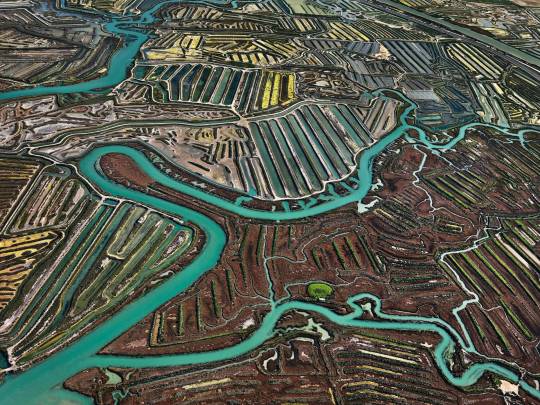
Spanning Four Decades, Edward Burtynsky’s Photos Document the Devastating Impacts of Industry
228 notes
·
View notes
Text


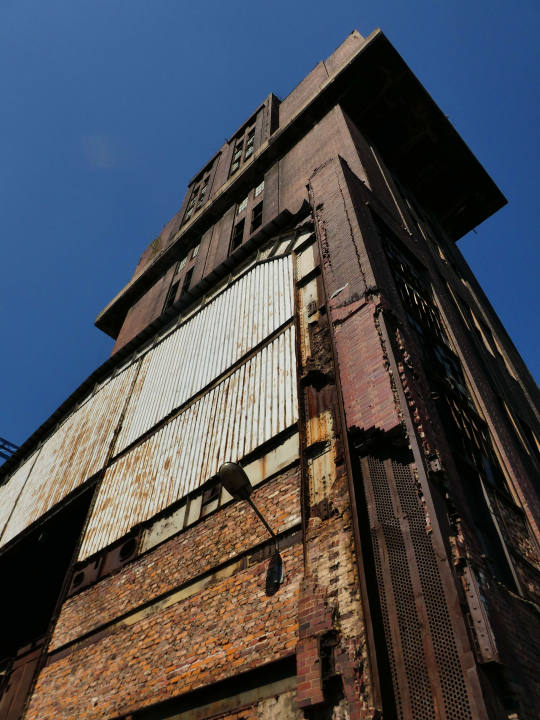
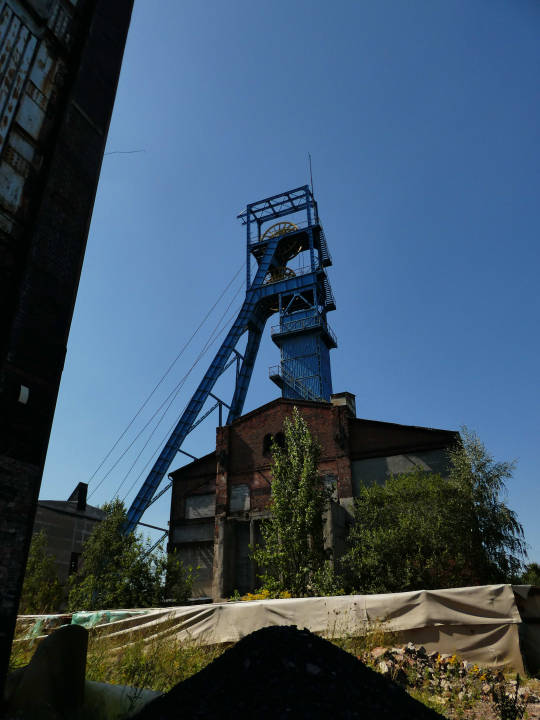
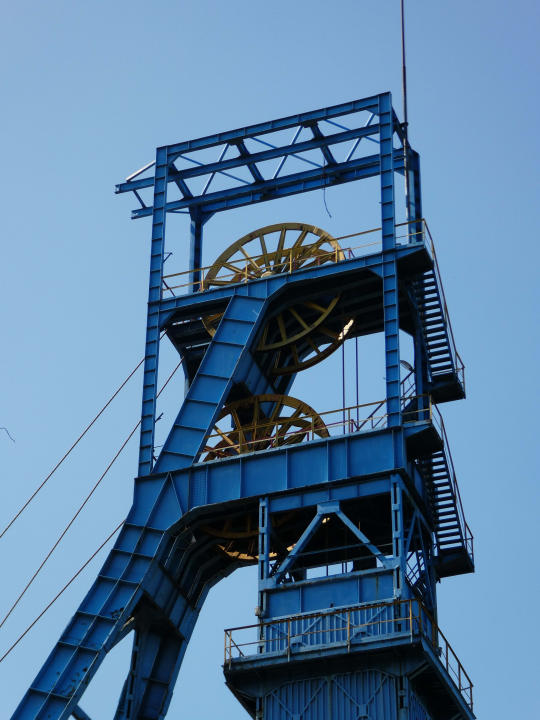
...
-L.F.
187 notes
·
View notes
Text
Brazil gold mine by Canadian company puts Indigenous territory ‘at risk’, advocates say
Families in the Para region are worried they will be displaced to make way for an open-pit mining project.
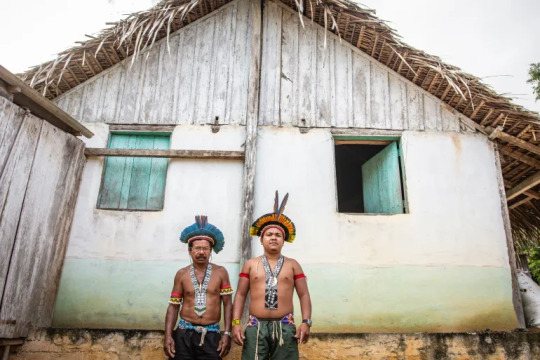
In Brazil’s Para region, more than 800 Indigenous families could be forced to relocate as a Canadian mining company prepares to build a massive open-pit gold mine, activists warn.
The project would cover more than 2,400 hectares (5,930 acres) in one of the most gold-rich areas of the Amazon. The region is home to the Juruna, Arara, Xipaya and Xikrin peoples, along with many other riverine communities that cultivate small-scale farms and fisheries on the banks of the Volta Grande stretch of the Xingu River.
“The guaranteed right to our territory is at risk,” Lorena Curuaia, a leader of the Curuaia Indigenous people, told Al Jazeera. “We could lose territories that we have lived in for thousands of years.”
The Canadian mining company, Belo Sun, says its Volta Grande Gold Project would extract approximately six tonnes of gold per year for 17 years. It would include two open-pit mines, a tailings dam to store chemical waste, an explosives storage facility, a sanitary landfill, a fuel management station, lodgings and roads.
Continue reading.
Tagging @allthecanadianpolitics.
#brazil#politics#brazilian politics#environmental justice#indigenous rights#canada#mining#mod nise da silveira#image description in alt
536 notes
·
View notes
Text

Hashima Island, Nagasaki, Japan,
Image Courtesy: Media Drum World
#art#photography#abandoned places#abandoned#abandoned house#urbexphotography#urbexsupreme#urbex#zombilenium#decay#abandoned island#island#japan#nagasaki#hashima island#gunkanjima#mining#battleship island#skyfall#james bond#nature rights#consumerism
316 notes
·
View notes
Text
whats going on in Congo, and how you can help!
#tiktok#cobolt#congo#mining#technology#workers#labor rights#labor#child labor#rainforest#climate crisis#air pollution#polluted water#pollution#war crimes#call to action#collective action
156 notes
·
View notes
Text

Former coal mine, Kishima, Saga Prefecture
1K notes
·
View notes
Text
"Sunlight dapples the once-denuded forest floor as saplings spread their branches and leaves overhead, slowly forming a lush canopy.
Beside each young tree, a sign notes its species. Lupuna, says one, the colloquial Peruvian term, and below that its scientific name, Ceiba pentandra — in other words, a kapok tree, known for its cotton-like fibers. Huito, says another sign, or Geinpa americana, which produces edible gray berries.
Each sapling is distinct, a reflection of the Amazon's stunning biodiversity, with so many different species that you might go acres without finding a repeat.
Yet this young forest did not spring up naturally. It has been carefully recreated by humans in an area that was, until just three years ago, a heavily contaminated moonscape.
This land was stripped of its dense vegetation by miners scouring the subsoil for tiny specks of gold, using mercury to separate the gold from the sediment. Many thought that a healthy forest would never thrive in impoverished, mercury-laden topsoil and that the piles of sandy tailings, the residue from the gold mining effort, and the pools of wastewater were irremediable...
"It feels good to see the forest grow back," says Pedro Ynfantes, 66, the miner whose legal mining concession of 1,110 acres includes this 10-acre patch of land where this young forest is located. "We don't want to deforest. When we had the opportunity to let the forest grow back, we took it. It's much better this way."
The opportunity he refers to came via U.S. nonprofit Pure Earth, which works with communities across the Global Southto remediate environmental problems left behind by mining, much of it illegal. Their biggest targets are mercury and lead contamination...
Security forces have launched anti-mining operations down the years, even blowing up the miners' equipment deep in the jungle. But most local politicians, including Madre de Dios' members of Peru's national congress, broadly support the miners, who are a powerful constituency in the relatively sparsely populated jungle region.
Restoring the forest
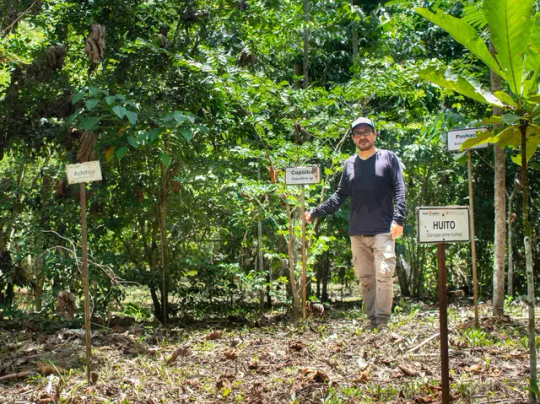
Pictured: France Cabanillas works for the nonprofit group Pure Earth, which is spearheading an effort to plant saplings in areas of the Peruvian Amazon that were devastated by illegal gold mining.
Now there's an effort to address the damage. Initially working with the region's legal miners, most of whom were here before the 2009 gold rush kicked off, the nonprofit group Pure Earth is using this patch of Ynfantes' land as a pilot project to show how the rainforest can be regenerated after the last traces of gold have been plucked from the soil.
It took a sustained outreach effort. Many miners are wary of or even downright hostile to foreign NGOs, which have repeatedly called for gold mining to be banned or severely curbed in the Peruvian Amazon — steps they say would cost them their livelihood.
"I am feeling optimistic," says France Cabanillas, Pure Earth's local coordinator, who has been appealing to the frustration of many miners at the heavy toll they have taken on the jungle and their desire to minimize their environmental footprint for the next generation.
"We still have a lot to do but this pilot is going well. Down the years, the miners have been getting a lot of stick but not much carrot when it comes to their environmental impacts," says Cabanillas. "We are offering them a carrot, allowing them to remediate their own impacts. Many of the miners do not want to be destroying the rainforest."
Before the miners plant the carefully-selected mix of tree species, they had to prepare the earth. Most of the topsoil had been washed away by the miners' heavy use of hoses.
That preparation involved adding biochar (burnt organic material) and even molasses, which contain fixed carbon and minerals, along with various other nutrients. The miners also had to dig tiny moats around the saplings to prevent all of this new planting from being washed away. Now, after three years, the forest is visibly coming back.
The rejuvenated rainforest also mitigates the impact of the mercury used by many of the illegal miners.
Research done by Pure Earth shows that the barren, sandy soil emits mercury. But in a rainforest, the ecosystem actually absorbs some of the metal, boosting public health."
-via NPR, April 2, 2024
#mining#illegal miners#gold#gold mining#peru#rainforest#ecosystem#mercury#environment#pollution#remediation#reforestation#good news#hope
336 notes
·
View notes
Text

boulevard industriel, val-des-sources
136 notes
·
View notes
Photo

Multicolored walls of a salt mine located 1,380 feet (420 meters) underground, near the town of Soligorsk, south of Minsk, Belarus. Parts of this mine have been converted into a speleotherapy clinic for treatment of respiratory illnesses such as asthma and bronchitis. (Sergey Mikhalenko / Shutterstock)
via The Strange Beauty of Salt Mines, The Atlantic by Alan Taylor, April 3, 2019
#salt#salt mine#mine#mining#geology#nature#Earth#photography#nature photography#landscape#landscape photography#Sergey Mikhalenko#speleotherapy#Belarus
692 notes
·
View notes
Text
The Canadian mining company that controls a massive copper mine in Panama says it has no plans to alter its operations despite widespread local protests against the firm's mining contract that have escalated and turned deadly.
Last month, Vancouver-based First Quantum Minerals Ltd. was awarded a contract to continue operations at a massive open-pit copper mine in Panama.
The terms of that deal, which give the company the right to mine the site for at least the next two decades in exchange for $375 million US a year to the government, have become a flashpoint for local groups — some of whom oppose the mine plan for financial and environmental reasons.
That opposition has escalated into broader anti-government protests that officials say are costing Panama $80 million US a day.
The mine faces legal and constitutional challenges from the country's top court, and citizens may get a chance to vote on the contract extension in a referendum next month. But last week, First Quantum said it was "confident with respect to its legal position" and reiterated the economic benefits of the mine.
Continue Reading.
Tagging @allthegeopolitics
#cdnpoli#canada#canadian politics#mining#panama#panama protests#imperialism#environmental justice#canadian imperiallism
208 notes
·
View notes